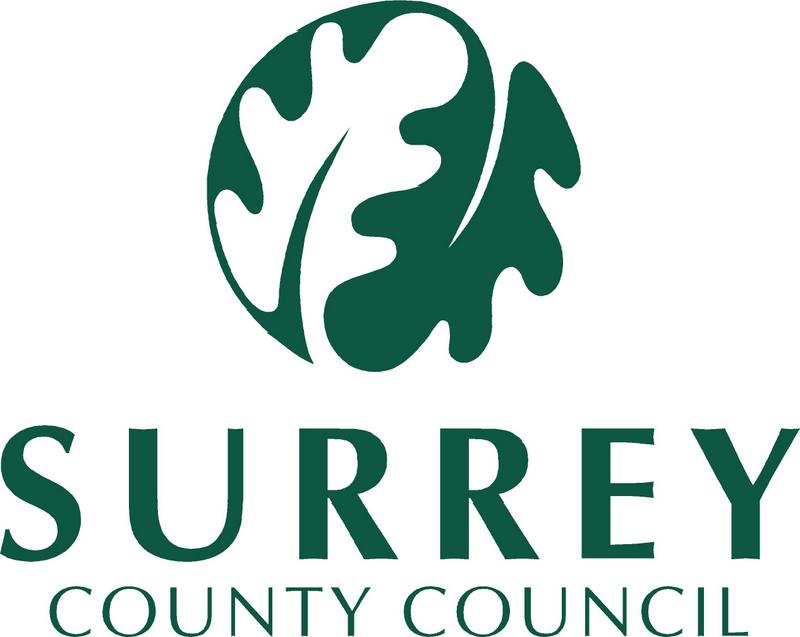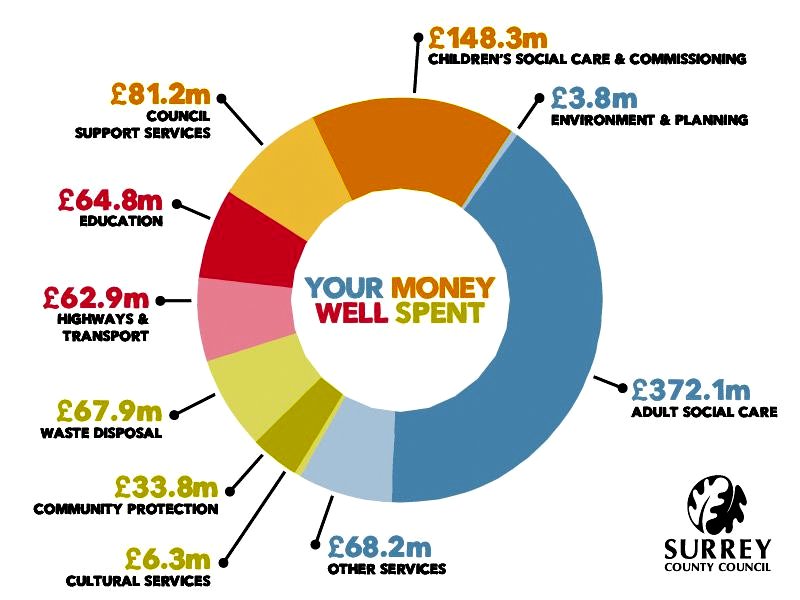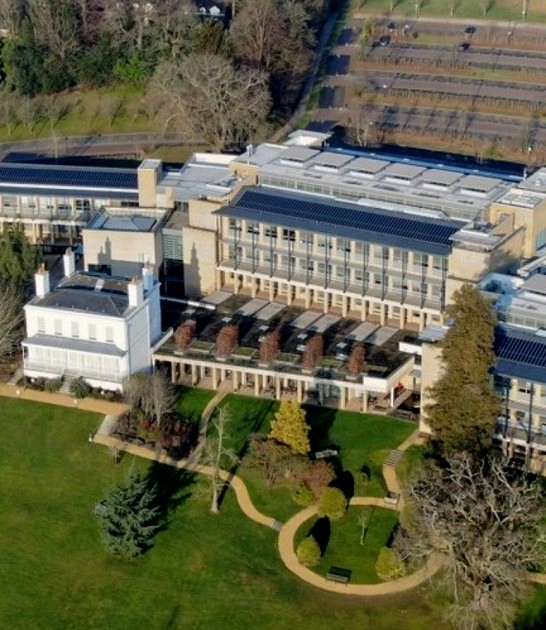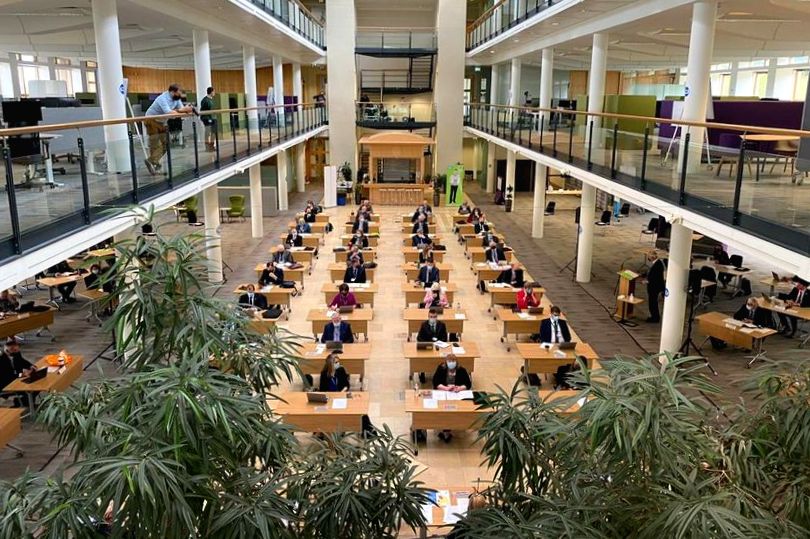Local Democracy and How it Works

Last month we looked at the workings of our local council, Reigate and Banstead Borough Council. We listed the services they were responsible for and explained how the Council was financed and organised This month we be doing the same for our county council, Surrey County Council.
Surrey is a two-tier area, with 11 local boroughs and districts, of which Reigate & Banstead is one.
What does Surrey County Council do?
The responsibilities of the County Council are very broad and include:
• Adult social care, both elderly and the physically and mentally impaired
• Public health
• Children’s social care and commissioning
• Education and family centres
• Highways and transport
• Waste disposal
• Surrey Fire & Rescue
• Trading Standards
• Emergency planning
• Libraries
• Registrars
• Surrey History Centre and Records Office
• Surrey arts and adult education
• Environment
• Planning for waste and mineral extraction
How is the Council financed?
The Council’s net budget (proposed expenditure) for 2021/22 is just over £1 billion – £1,004 million to be precise. This is after taking into account income from council services, the most significant of which is contributions from residents to their own social care. Importantly, this also excludes the majority of current school educational spending, the funding for which is met by government, although the local taxpayer meets the cost of providing new schools and classrooms, special educational needs, and home to school transport.
This net budget is funded by Council Tax (£769 million), Business Rates (£88 million) and specifically directed central government grants (£147 million), including covid funding.
Below is a breakdown of Council expenditure for 2020-21. Well over 50% is directly spent on social care.

Surrey is one of a small number of councils in the South-East which receives no Revenue Support Grant at all from central government, in contrast to London , other cities and more rural areas. The slack is taken up by Council Tax on individuals.
The Council Tax Rate is decided every year based on the Council’s budget. Whereas income tax is an individual tax calculated on income earned, Council Tax is levied on every domestic property in the Borough and varies according to the value of a property.
There is a range of eight bands ranging from an annual tax of £1,381 for Band A properties to £4,144 for Band H. Band D is considered the average band and the current rate is £2,072 for the year. The bandings are set by HM Revenue &Customs.
The majority goes to Surrey County Council (£1,549 – 74%) with Surrey Police (£286 – 14%) and Reigate & Banstead Borough Council £237 – 12%.
It should be noted that around the County the Business Rates levy is hundreds of millions in total. Less than 20% is retained in Surrey, with the rest going to Central Government for use elsewhere in the country.
How are Councillors elected?
Surrey County Councillors are elected in the same way as Borough Councillors. The main difference being that the areas they represent are larger and only one Councillor is elected per Division compared to three per Ward in Borough elections. Elections are usually held in May at the same time as Borough Elections and the term, four years, is the same.
The Surrey County Councillor for Nork and Tattenhams, Nick Harrison, is supported and nominated by Tattenham & Preston Residents Association as well as the Nork Residents Association. Nick is also one of our Borough Councillors.
The Tadworth, Walton and Kingswood Division elected Rebecca Paul as their Councillor and Rebecca was nominated by and stands for the Conservative party.
Who runs the Council?
Similar to the Borough Council, the business strategy and key decisions are the responsibility of elected County Councillors. The Chief Executive, the Chief Finance Officer and the Legal Officer are appointed by the Council and are responsible for the delivery of services.
Surrey is divided into 81 Divisions and Tattenham Corner is part of the Nork and Tattenhams Division. The southern part of our area, Preston, is part of the Tadworth, Walton and Kingswood Division.
The current political structure of the Council is:
• 47 Conservative
• 16 Residents Association and Independent
• 14 Liberal Democrats
• 2 Labour
• 2 Green Party
The Council meets at its new headquarters in Reigate. Until last year it was based at County Hall in Kingston, but this was a bit of an anomaly as, since 1965, Kingston has been part of Greater London.
The new offices are now located at Woodhatch Place on Cockshot Hill, Reigate.


Councillors Roles
The role of councillors is to decide how the Council should carry out its various activities, and to represent the interests of voters in their ward (local area) as well as the general public interest. This is achieved by participating in council and committee meetings, maintaining contact with residents through local surgeries, being available to learn about and address local issues raised by residents, and general involvement in the community. Councillors are often school governors and members of local resident associations and other community committees.
Councillors are not paid but receive a taxable allowance of £12,600 per year to help fund their time and general expenses. The allowance is set by an independent remuneration panel.
The process for becoming a Councillor is the same as for a Borough candidate. Applicants must be over 18 and live and be registered to vote in the County of Surrey. They must be nominated by ten local residents.
The candidate who polls the most votes in the Surrey County Council elections is elected as a Councillor.
How is the Council organised?
Following the same process as used by the Borough Council, a leader is elected who is usually the leader of the majority political party. As over half the current Councillors belong to the Conservative party, so is the leader.
The Leader then appoints a Cabinet (the same as the Executive at the Borough Council but a different name). Again, this consists of a Deputy Leader and up to eight Cabinet Members, each responsible for a key aspect of the Council’s responsibilities. For example, the Cabinet Member for Communities’ brief includes customer services, libraries, arts and culture, fire and rescue services, Trading Standards, corporate health & safety, and coroners.
The Cabinet meets every six weeks to discuss and agree the major policy decisions of the Council.
Other Councillors are then allocated to a number of committees. There are four Select Committees which scrutinises the work of the Leader, Cabinet and Officers, on the same lines as the House of Commons. They are:
• Communities, Environment & Highways
• Children, Families, Lifelong Learning & Culture
• Adults & Health
• Resources & Performance
There are also 11 Local Committees, one for each borough/district making up Surrey, in which the County Councillors work in partnership with Borough Councillors on more local issues.
In addition, there are a number of Statutory Committees responsible for specific issues such as pensions, audit, and people development.
Committees meet around six times a year and meetings are open to the public. Whereas the Borough Council meetings are usually held in the evenings, County Council meetings are generally held during the day.
As with local councils, County Councillors are also available in the local area to meet constituents to discuss their issues and help them.
